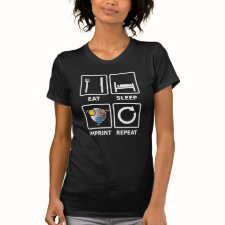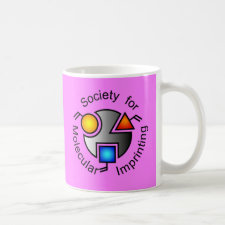
Authors: Zhang LJ, Liu SW, Cui XY, Pan CP, Zhang AL, Chen F
Article Title: A review of sample preparation methods for the pesticide residue analysis in foods.
Publication date: 2012
Journal: Central European Journal of Chemistry
Volume: 10
Issue: (3)
Page numbers: 900-925.
DOI: 10.2478/s11532-012-0034-1
Abstract: The pesticide residues in foods have received increasing attention as one of the most important food safety issues. Therefore, more strict regulations on the maximum residue limits (MRLs) for pesticides in foods have been established in many countries and health organizations, based on the sensitive and reliable analysis methods of pesticide residues. However, the analysis of pesticide residues is a continuing challenge mainly because of the small quantities of analytes as well as the large amounts of interfering substances which can be co-extracted with them, often leading to experimental errors and damage to the analytical instruments. Thus, extensive sample preparation is often required for the pesticide residue analysis for the effective extraction of the analytes and removal of the interferences. This paper focuses on reviewing the recent development in the sample preparation methods for the pesticide residue analysis in foods since 2006. The methods include: liquid-liquid extraction (LLE), supercritical-fluid extraction (SFE), pressurized-liquid extraction (PLE), microwave-assisted extraction (MAE), ultrasound-assisted extraction (UAE), gel permeation chromatography (GPC), solid-phase extraction (SPE), molecularly imprinted polymers (MIPs), matrix solid-phase dispersion (MSPD), solid-phase micro-extraction (SPME), QuEChERS, cloud point extraction (CPE) and liquid phase micro-extraction (LPME), etc . Particularly their advantages, disadvantages and future perspectives will be discussed
Template and target information: Review - sample preparation for residue analysis in food
Author keywords: sample preparation, Pesticide residues, food, extraction, clean-up



Join the Society for Molecular Imprinting

New items RSS feed
Sign-up for e-mail updates:
Choose between receiving an occasional newsletter or more frequent e-mail alerts.
Click here to go to the sign-up page.
Is your name elemental or peptidic? Enter your name and find out by clicking either of the buttons below!
Other products you may like:
 MIPdatabase
MIPdatabase









